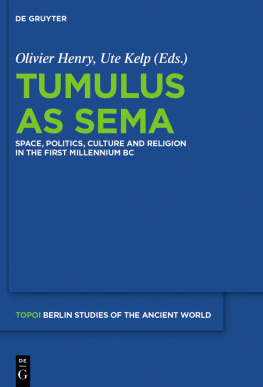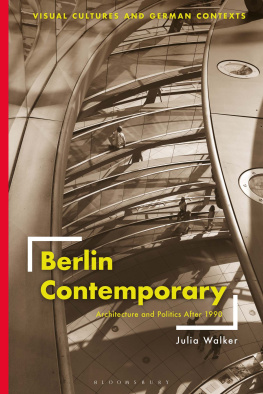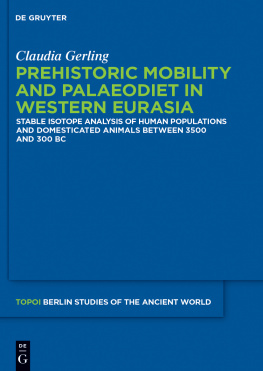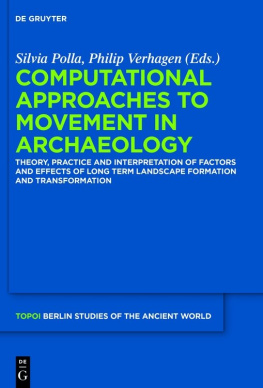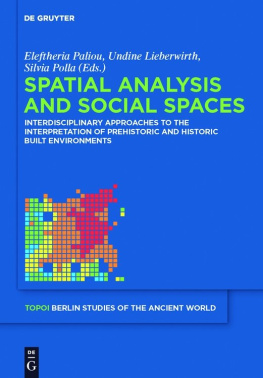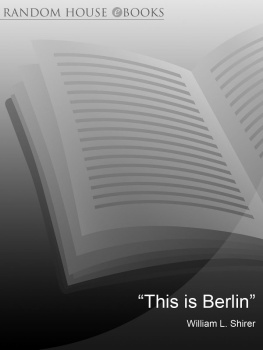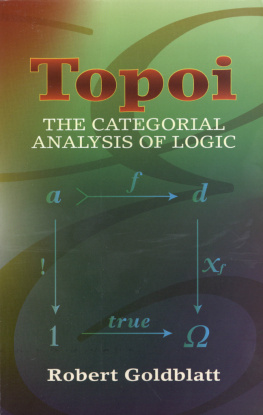Guide

Tumulus as Sema


ISBN 978-3-11-025990
e-ISBN (PDF) 978-3-11-026750-1
e-ISBN (EPUB) 978-3-11-038545-5
ISSN 2191-5806
Library of Congress Cataloging-in-Publication Data
A CIP catalog record for this book has been applied for at the Library of Congress.
Bibliographic information published by the Deutsche Nationalbibliothek
The Deutsche Nationalbibliothek lists this publication in the Deutsche Nationalbibliografie; detailed bibliographic data are available in the Internet at http://dnb.dnb.de.
2016 Walter de Gruyter GmbH, Berlin/Boston
Typesetting: Drlemann Satz GmbH & Co. KG, Lemfrde
www.degruyter.com
Foreword
This volume presents the proceedings of an international conference entitled Tumulstanbul 2009, which was held at the Research Center for Anatolian Civilization (Istanbul) from June 1 to June 3, 2009. We are grateful to the supporting institutions that made this event possible, namely Topoi Excellence Cluster , the Ko University and the Deutsches Archologisches Institut at Istanbul.
Tumuli are one of the most widespread monumental tombs of the Ancient times. From Western Europe to Eastern Anatolia one can barely walk around without meeting one of these burials. Because of their original ostentation and their monumental structure many of these mounds survived through the Ages as common witness of the past. Their impact on landscape, their attraction force as well as their symbol of a glorious past are still vivid today. In recent years, although a number of studies have clearly revealed that proper characteristics might appear through space and time, it seems that some common issues emerge. As a result, we felt that there was a growing need to engage in supra-regional and cross-disciplinary discussions. Therefore, by gathering scholars from very different horizons and with very different backgrounds and inviting them to focus on Tumulus as Sema , we intended, through this conference, to help highlighting the unique phenomenon that has been the tumulus .
While organizing the program of the conference, we first planned to divide the contributions between three main topics, namely tumulus as an attraction point, tumulus and landscape and tumulus as a socio-cultural phenomenon. Although those topics appeared to cover most of the problematics raised by the symbolic significance of the burial mounds, such arbitrary division did not hold long. Most of the approaches proved those issues to be closely related and hardly dissociable. This observation led us to reorganize the program of the conference in order to follow a more geographical point of view, which we repeated, with some arrangements, in the content of this book.
The chronological frame of the conference, defined as 1st millennium BC, was voluntarily not strictly defined in order to get the opportunity to throw a bridge between both earlier and later periods. The international conference Ancestral Landscape that was held in 2008 at Udine about 4th2nd millennium BC burial mounds provided us with a terminus post quem , while the Roman period and the growth of Christianity appeared to offer a logical terminus ante quem . The same approach dictated the geographical boundaries. Although we wished to focus on a space covering the area from the Eastern Mediterranean to Black-Sea regions, we thought that it proved very interesting to open a window toward Kurgan neighbors from Eurasia.
As a result, almost 50 scholars from 12 different countries participated in the conference. A highlight was the evening lecture organized at the Deutsches Archologisches Institut and given by Prof. Hermann Parzinger about his new investigations on Kurgans of the Eurasian steppe. All but a few papers have been collected in this volume including three papers from scholars who could not attend the discussions.
One of the main goals in organizing this conference was to privilege discussion sessions where scholars could exchange and confront ideas. By doing so, we wished to create links between scholars who had rarely the opportunity to meet otherwise. On that point, the experience was more than conclusive, as discussions often extended over their allocated schedule and beyond the conference room. Although those three days have been rich and dense, as you will realize while reading this volume, we are far from having circumscribed the subject. On the contrary, it seems now that there is much more to be done than was thought before the conference. From the many subjects that came out from the discussions and that need to be pursued, both ethical and methodological issues concerning the investigation process of a burial mound (opposing geophysical survey and extensive excavation) seem to be among the most urgent. We hope that the impulse we tried to launch with this conference will result in future regular meetings focusing on such topics.
To conclude, we would like to express our deepest gratitude for the exceptional hospitality that we received at Istanbul both from the Ko Research Center for Anatolian Civilizations and the Deutsches Archologisches Institut through their directors Prof. Dr. Scott Redford and Prof. Dr. Felix Pirson. The publication of this volume has been entirely financed by Topoi Excellence Cluster, thanks to its former and actual directors, Prof. Friederike Fless, Prof. Dr. Gerd Grahoff, and Prof. Dr. Michael Meyer respectively, whose constant support has been essential all through this project. And last not least, we would have never finished the extensive editing work without substantial assistance by Jennifer Wilde and Dr. Nadine Riedl.
Olivier Henry, Ute Kelp
Abbreviations
All other abbreviations are following the Guidelines for contributors of the German Archaeological Institute (http://www.dainst.org/de/content/Abkuerzungsliste#J).
| AEM | T A |
| . (, 1987) |
| AMV | Acta Muse Varnaensis |
| Ancient Macedonia I | Ancient Macedonia. Papers read at the First International Symposium held in Thessaloniki 2629 August, 1968. Thessaloniki, Institute for Balkan Studies, 1970. |
| Ancient Macedonia IV | Ancient Macedonia. Papers read at the Fourth International Symposium held in Thessaloniki, September 2125, 1983. Thessaloniki, Institute for Balkan Studies, 1986. |
| Ancient Macedonia V | Ancient Macedonia. Papers read at the Fifth International Symposium held in Thessaloniki, October 1015, 1989. Thessaloniki, Institute for Balkan Studies, 1993. |
| Ancient Macedonia VI | Ancient Macedonia. Papers read at the Sixth International Symposium held in Thessaloniki, October 1519, 1996. Thessaloniki, Institute for Balkan Studies, 1999. |
| Ancient Macedonia VII | Ancient Macedonia VII. Macedonia from the Iron Age to the Death of Philip II. Papers read at the Seventh International Symposium held in Thessaloniki, October 1418, 2002. Thessaloniki, Institute for Balkan Studies, 2007. |
| ArchThessMel | Archeion Thessalikon Meleton |
| AST | Arastrma Sonular Toplants |
| BullSocLingParis | Bulletin de la Socit de Linguistique de Paris |
| CollAnat | Colloquium Anatolicum |
| GWU | Geschichte in Wissenschaft und Unterricht: Zeitschrift des Verbandes der Geschichtslehrer Deutschlands |

